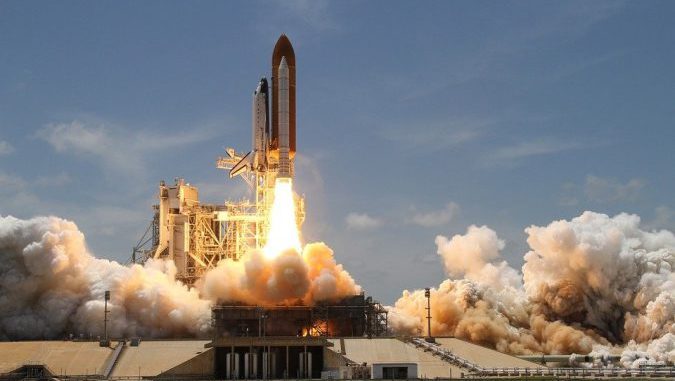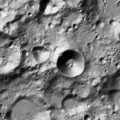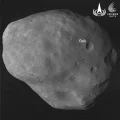
According to India Today, the remnants of the rocket launches by China are likely to re-enter the atmosphere. This prediction has been made by the US’s space-focused research and development center. The re-entry is uncontrolled, and only the traces have been found so far. Will it burn out before hitting the grounds? Will it damage the area on which it falls if not destroyed? Is it something of huge concern? All of these questions remain controversial while the public is petrified by the discussions going on beyond continents. Also, the place of the re-entry is yet debatable. While few indicators are locating New Zealand, few other studies focus on the unpredictable nature of the case.
Predictions by the Aerospace corporation:
The Centre for Orbital Re-entry and Debris Studies (CORDS) study shows that the debris’s re-entry would be 8 hours calculated on either side of the 0419 GMT on May 9, 2021. Though the CORDS have located the North Islands of New Zealand as the re-entry place, the possibility of the debris falling anywhere on the globe is enormous.
Jonathan McDowell, a Harvard-based Astrophysicist, had predicted such damage back in 2020. He had told Reuters about his predictions as soon as there was a report of the first Long March 5B debris ruining several Ivory Coast buildings in May 2020. This debris weighed 20 tonnes, and the present waste is predicted to be 18 tonnes.
The mission behind the rocket launch:
The family of Long March rockets of China is dedicated to delivering modules and crew onto space stations and creating exploratory probes for investigations on other planets and celestial bodies. The present rock talked about now had one core stage and four boosters. It was launched on April 29 from the Hanain islands of China. This rocket contains a Tianhe module and is expected to become living quarters in China’s space station.
Let us keep an eye on the daily updates to see the fate of the rocket debris and the area on which it might fall.






